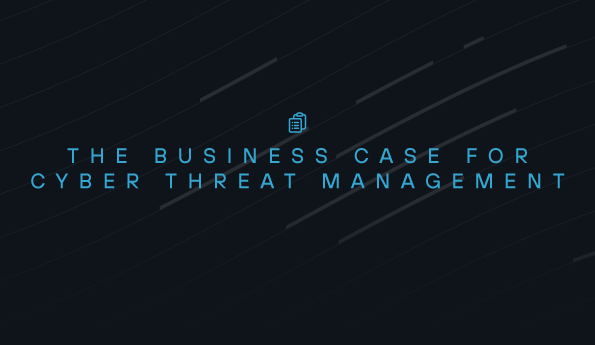How SIEM helps detect insider threats
Although newsreels are dominated by malware and ransomware attacks, insider threats continue to pose a significant risk to today’s organizations. Responsible for 25% of breaches according to the 2024 Verizon DBIR, insider threats can cause a substantial impact while going unnoticed for long stretches.
Without the right solutions, an organization may not know about insider threats within the business until it’s too late. SIEM is a critical component of any insider threat detection and response strategy. With SIEM, teams can quickly expose insider threats that might otherwise go undetected for days, weeks, or longer. Here’s how SIEM helps detect insider threats.
The trouble with insider threats
Insider threats are difficult to confidently detect because they use valid credentials and identities. It’s especially troublesome since they can range from completely accidental to fully malicious while still having massive effects on an organization. Here are a few types of insider attacks that organizations face:
- Accidental disclosure: Careless employees inadvertently leak data to threat actors over email, social media, or other avenues.
- Contractor neglect: Access granted to third parties introduces unnecessary risk if they can reach sensitive environments or are breached themselves.
- Upset employees: Disgruntled current or former employees can actively use their access to company resources to seek vengeance against the business.
- Competitor spying: Targeted or planted hires be used by competitors to steal intellectual property, gain trade secrets, or sow discord.
- Advanced persistent threats (APTs): Established cybercriminal groups and nation-state actors use insider threats in conjunction with other attack techniques to gain footholds within an organization and further their nefarious goals.
In all these cases, having visibility into employee activities is crucial to identifying ongoing insider threats. But without the right context and understanding of employee behaviors, unfiltered log data can be useless. That’s where SIEM comes in.
Using SIEM for insider threat detection
SIEM’s ability to ingest data from across the IT environment gives unprecedented visibility into user activity and behaviors. By integrating with everything from endpoints to applications and infrastructure, SIEM delivers deep visibility to root out threats like insider activity. With managed cloud SIEM, this is made even easier due to simplified implementation, improved usability, and minimal management overhead, all available through a single web portal.
Managed cloud SIEM collects, contextualizes, and correlates information across endpoints, infrastructure, and cloud environments such as Microsoft 365 and firewalls. Ingesting and correlating data across these sources makes it easier to detect insider threats. The best cloud SIEM options include native behavioral engines powered by constantly tuned logic and machine learning analytics to make correlation even simpler for the user.
When detecting insider threats, managed cloud SIEM analyzes user activities and highlights when behaviors deviate from the norm. Security admins are alerted to these changes in behavior to start investigating potentially malicious insider activity. Continuous visibility into user activity, including third-party/contractors, allows security teams to see suspicious access to sensitive environments, indications of data manipulation, or changes in behavior that signal malicious activity.
This visibility spans every connected resource within the IT environment, covering multiple potential attack vectors an insider may exploit. Visibility across these data streams also improves an organization’s ability to track and analyze user behavior. To streamline investigations, managed cloud SIEM further correlates related activities to present an overall case with alerting tailored to your specific needs. These cases contextualize data points that, by themselves, may seem trivial or unrelated. Grouped together, they show the full span of the event so teams can efficiently remediate and resolve issues.
Then, after the fact, having access to historical log data within SIEM proves critical when reporting on insider incidents. In any resulting investigations or suits, SIEM allows organizations to easily pull and present relevant information to the case.
Learn more about Managed Cloud SIEM
With Todyl Managed Cloud SIEM, organizations can detect signs of insider threats to prevent compromises from within their ranks. But that’s only one of the many applications of SIEM. Read our eBook to see all the ways you can use SIEM to improve your security posture and uncover attacks while cutting down on operational and management overhead.
See Todyl in Action
Learn how you can protect what you built.
Stay on the Cutting Edge of Security
Subscribe to our newsletter to get our latest insights.



